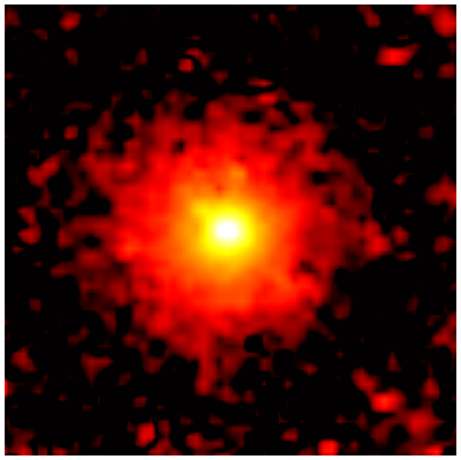
Key Takeaways:
- A cosmic milestone: On December 25 2025, the interstellar object 3I/ATLAS will be at itsclosest point to Earth, offering a rare opportunity for observation and discovery.
- Two spacecraft — Europa Clipper (NASA) and Hera (ESA) — may cross through its “anti-tail”, a newly-found, sun-ward pointing feature that defies standard comet expectations.
- Despite the excitement, mission constraints, limited spacecraft flexibility and politics (including a government shutdown affecting NASA) mean this opportunity could be missed.
By Samuel Lopez | USA Herald
LOS ANGELES, CA – A slow-moving drama is unfolding more than a billion miles away — one that could yield unprecedented insight into material from outside our solar system. The object in question: 3I/ATLAS, the third confirmed interstellar visitor ever detected. Scientists are now focused on December 25, 2025, the date when it will make its closest pass to Earth — and when two major spacecraft may intersect its path.
3I/ATLAS was discovered July 1, 2025, by the Asteroid Terrestrial-impact Last Alert System (ATLAS) in Chile. What sets it apart: its trajectory, speed and origin clearly mark it as a visitor from beyond our solar system. The object is classified as C/2025 N1 (ATLAS) but also bears the “3I” prefix, meaning the third interstellar object ever catalogued.
It will not come near Earth in a threatening way — the closest approach to Earth is estimated at about 1.8 astronomical units (~170 million miles / ~270 million km). NASA Science


